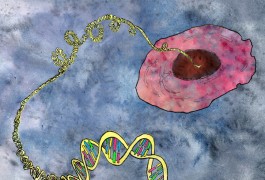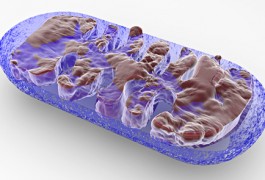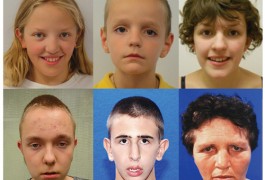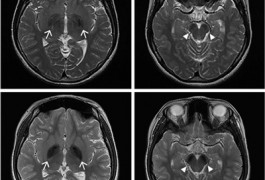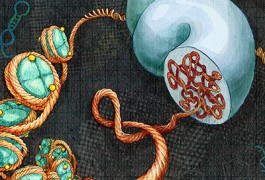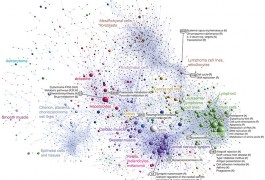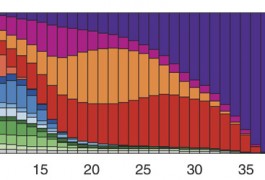Sensitive sequencing methods pinpoint mosaic mutations
Advanced sequencing methods can detect spontaneous genetic changes that show up in only a small subset of a person’s cells, suggest two new studies published in August. Despite their low prevalence in the body, these so-called ‘somatic mosaic mutations’ occur frequently in people and may be important contributors to brain disorders.
